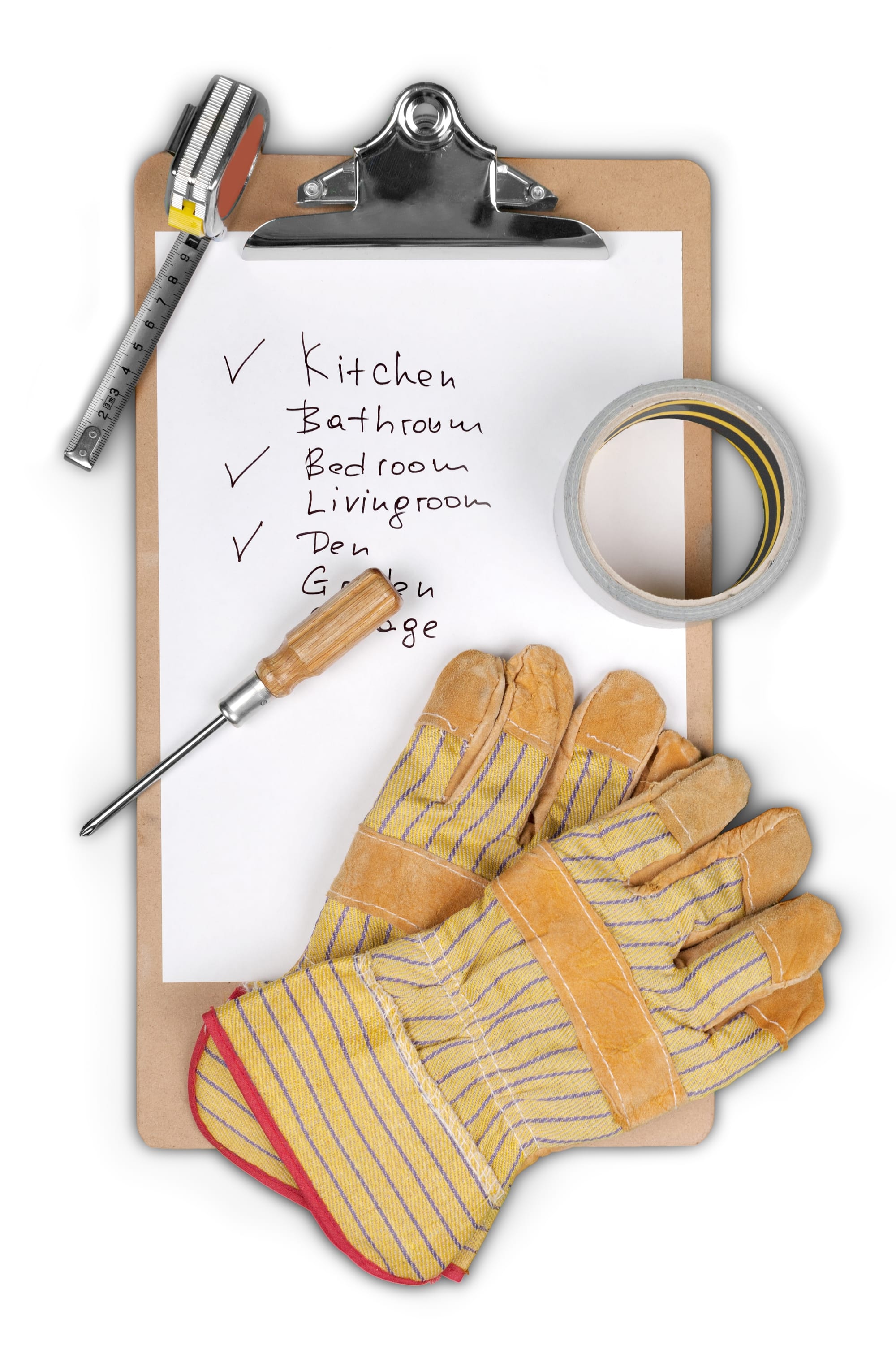Year-Round Home Maintenance Guide: 12 Monthly Tasks for a Well-Maintained Home

Maintaining a home is a year-round endeavor, with different tasks required in different seasons to keep your living space in top condition. Whether you’re a new homeowner or looking to improve your home maintenance routine, this guide divides the work into monthly tasks, ensuring nothing is overlooked and everything is done at its optimal time. This approach not only helps in spreading out the workload over the year but also can prevent damage and reduce the costs of emergency repairs.
January: Interior Inspection and Maintenance
- Check for Drafts: Feel around windows and doors for cold air entering the home, which indicates potential energy losses. Seal any gaps with weather stripping or caulking.
- Inspect and Clean Heating Systems: Hire a professional to check your heating system to ensure it is clean and functioning efficiently.
- Test Detectors: Check smoke and carbon monoxide detectors around the home, replacing batteries or the units themselves if they're not functioning properly.
February: Focus on Safety and Preparation for Spring
- Check Fire Extinguishers: Ensure fire extinguishers are accessible and in good working order, replacing or recharging if necessary.
- Clean and Inspect the Basement: Check for any signs of water entry or mold, particularly after winter storms, and organize storage areas.
- Prepare for Spring: Start planning any home improvement projects or garden work for the spring, including purchasing any necessary supplies ahead of shortages.
March: Exterior Inspection and Preparation for Spring
- Inspect Roof: Examine your roof for damage, loose or missing shingles, and signs of leaks. Early detection can prevent costly repairs later.
- Clean Gutters: Clear out gutters and downspouts to prevent water damage from spring rains.
- Prune Shrubs and Trees: Trim branches that could pose a danger in stormy weather and to encourage healthy growth in the spring and summer.
April: Spring Cleaning and Exterior Setup
- Deep Clean House: Conduct a thorough cleaning of all indoor spaces, including under furniture, to reduce allergens and improve air quality.
- Service Air Conditioning: Have your air conditioning system serviced before the onset of warm weather to ensure efficiency and extend its lifespan.
- Prepare Outdoor Living Spaces: Clean and set up patio furniture, and inspect decks or patios for any needed repairs.
May: Garden and Exterior Maintenance
- Start Your Garden: Plant flowers, vegetables, and herbs according to your local climate zone.
- Paint Exteriors if Needed: Spring is a good time for painting as temperatures are typically mild, which helps the paint cure properly.
- Check Sprinklers and Irrigation Systems: Make sure your sprinkler and irrigation systems are functioning correctly to conserve water and ensure plant health.
June: Mid-Year Interior Maintenance
- Check and Clean Windows: Wash windows inside and out, and inspect for any cracks or gaps that need resealing.
- Dust and Vacuum Thoroughly: Focus on areas that might have been missed during routine cleaning.
- Update Home Decor: Consider updating decor with new cushions, curtains, or art to refresh your home’s aesthetic for the summer.
July: Focus on Energy Efficiency
- Check Insulation: Ensure that your home is properly insulated to keep cooling costs down during the hot months.
- Service Major Appliances: Clean and service major appliances to ensure they are running efficiently.
- Utilize Curtains and Blinds: Use curtains and blinds to shade interiors from direct sunlight and reduce the load on air conditioning systems.
August: Prepare for Fall
- Touch Up Exterior Paint: Do any necessary touch-ups to exterior paint, particularly trim and woodwork, to protect against upcoming harsh weather.
- Check Weather Seals: Inspect and replace weather seals on doors and windows as necessary to prepare for cooler temperatures.
- Tidy Yard: Clear up any debris around the yard and trim plants to prepare for fall growth cycles.
September: Heating System and Fall Preparation
- Prepare Heating System: Have your furnace or boiler checked and cleaned by a professional in readiness for winter.
- Check Detectors Again: Re-test smoke and carbon monoxide detectors to ensure they're ready for increased use of heating systems.
- Seal Windows and Doors: Thoroughly check for and seal any leaks before the cold weather arrives.
October: Outdoor Winter Preparation
- Store Summer Gear: Clean and store patio furniture and other summer equipment.
- Clean Chimneys and Flues: Have chimneys cleaned to prevent chimney fires and ensure efficient heating.
- Inspect and Repair Roof Again: After fall storms, do another check on the roof for any damage before the winter.
November: Indoor Pre-Winter Setup
- Prepare for the Holidays: Deep clean the kitchen and other areas of the home in preparation for the holiday season.
- Check Plumbing: Insulate exposed plumbing to prevent pipes from freezing as temperatures drop.
- Perform a Final Yard Cleanup: Remove fallen leaves and debris to prevent rot and pests.
December: Lighting and Holiday Decorations
- Inspect Holiday Lighting: Test and inspect holiday lighting for any damaged wires or bulbs before setting them up.
- Decorate Safely: When decorating, ensure safe installation and operation of all decorations, both indoors and outdoors.
- Year-End Safety Check: Perform an end-of-year safety check on all home systems, reflecting on any upgrades or repairs needed for the coming year.
This comprehensive, month-by-month guide ensures that your home maintenance is manageable, spread throughout the year, avoiding the rush and expense of last-minute repairs. Regular maintenance not only preserves and enhances the value of your home but also contributes to a safe and healthy living environment for you and your family.